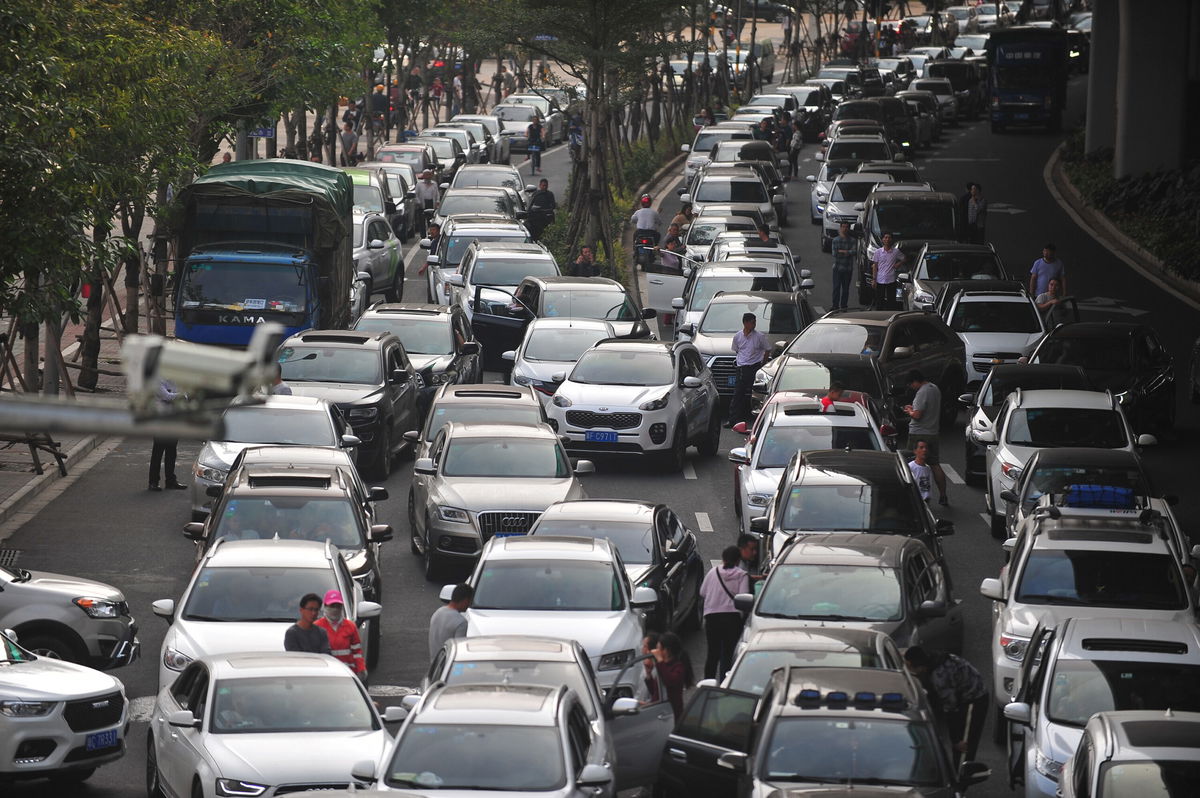Chinese island plans to ban sales of fossil fuel-powered vehicles by 2030

A Chinese island plans to ban the sales of fossil fuel-powered vehicles by 2030.
By Jessie Yeung and Shawn Deng, CNN
The island of Hainan in southern China plans to ban the sale of fossil fuel-powered vehicles by 2030, aiming to become the first province in the country to do so, according to provincial authorities.
In a statement, the provincial government vowed to be “at the forefront of the country,” and become a “top student in the carbon neutralization work, so as to demonstrate a beautiful calling card when making exchanges on climate change internationally.”
“By 2030, there will be a complete ban on the sale of petrol vehicles across the island,” it said.
All newly bought or replaced public vehicles would run on clean energy by 2025, the statement added.
The statement laid out the tropical island’s carbon neutrality plan, which includes measures such as reducing coal use and developing more renewable energy infrastructure, including wind, wave, solar, geothermal and nuclear power.
By 2025, Hainan aims to provide 55% of its total energy capacity from non-fossil fuels, increasing to 75% by 2030, it said. The province, China’s smallest, is home to more than 10 million people.
Governments around the world have introduced similar measures and goals in recent years as the climate crisis intensifies. Britain, for instance, has also set 2030 as its deadline to ban new gasoline and diesel cars, with sales of some new hybrids continuing until 2035.
The European Union (EU) announced plans earlier this year to only allow zero-emission new vehicles to be registered from 2035, though the proposals need approval by lawmakers in the EU Parliament and the EU Council before they come into effect.
On Thursday, California regulators are expected to issue rules banning the sale of new gasoline cars by 2035.
“The transportation sector is the number one contributor of greenhouse gas emissions,” Margo Oge, board chair of the International Council on Clean Transportation, told CNN. Electrifying the transportation sector “will save many lives,” she added.
China’s carbon conundrum
China has pushed the sale of electric vehicles in recent years, and the Chinese government said earlier this year it aimed to establish enough charging infrastructure to support more than 20 million cars.
In September 2020, Chinese leader Xi Jinping declared the country would become carbon neutral by 2060.
Though his government took drastic steps in early 2021 like shutting down hundreds of coal mines, a power crunch saw widespread household blackouts and factories forced to cut production, disrupting supply chains — prompting China to boost coal production again. By December last year, coal production reached an all-time monthly high of 385 million metric tons.
Xi even softened his tone on carbon emissions, suggesting that Chinese leaders understand the challenges of their targets.
“Carbon peak and carbon neutrality cannot be realized overnight,” Xi said in January in an online speech at the World Economic Forum. “Through solid and steady steps, China will pursue an orderly phase-down of traditional energy in the course of finding reliable substitution in new energy.”
However, even as the national government wavers on its carbon emission policies, the effects of climate change have become impossible to ignore as China struggles through record rainfall and unrelenting heat waves this summer.
The rainy season broke records in parts of the country, with severe flooding and landslides in much of southern China, killing dozens and displacing millions.
Meanwhile, an ongoing heat wave enveloped northern China in June, before spreading to engulf half the country. In the southern province of Sichuan, famous for its rich water resources, the drought and heat wave have forced factories to shut and subways stations to dim the lights in a bid to conserve energy.
The country’s Yangtze River has dried up in parts, impacting six provinces along the vital waterway and threatening water supply for tens of thousands of people.
To ease the power crunch, China has again boosted coal output and imports to generate electricity — making the country even more reliant on coal. On August 3, daily thermal coal consumption hit a record 8.5 million metric tons.
The-CNN-Wire
™ & © 2022 Cable News Network, Inc., a Warner Bros. Discovery Company. All rights reserved.